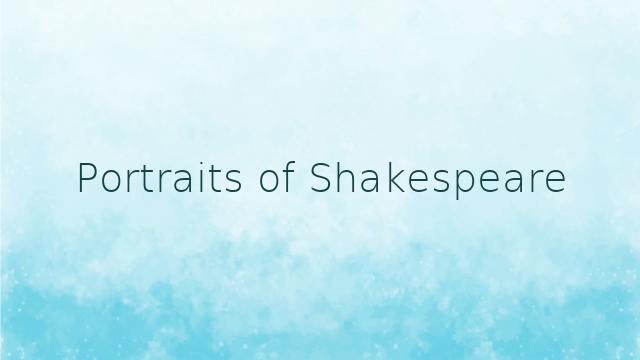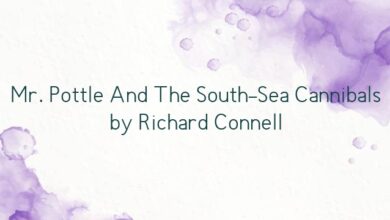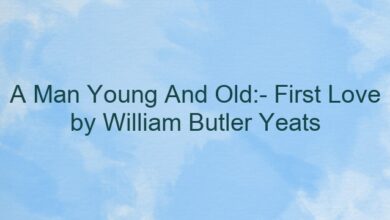
There are several portraits and miniatures of Shakespeare. Here is some information about the most important:
1) Chandos Portrait. The Chandos portrait of Shakespeare is named after its owners, the Dukes of Chandos. Some believe that Shakespeare’s friend and fellow actor Richard Burbage painted it and gave it to Joseph Taylor, an actor with the King’s Men. Taylor then left the painting to William Davenant, the man who claimed to be Shakespeare’s illegitimate son. However, this theory cannot be supported with historical evidence. The Chandos portrait was no doubt painted when Shakespeare was alive, unlike the posthumous painting, the Droeshout. Some critics argue that the painting cannot be of Shakespeare. In 1856 it became the property of Britain’s National Portrait Gallery.
2) The Droeshout Portrait. Created by the English engraver Martin Droeshout, this picture appears on the cover of the First Folio, and is one of only two images of the Bard considered genuine (the other being the Stratford Monument also called the Bust of Shakespeare). It is unlikely that Shakespeare posed for Droeshout and the artist probably worked from another painting that has long since disappeared.
3)The Flower Portrait. Named for it owner, Sir Desmond Flower, who donated it to the Shakespeare Museum in 1911. This painting is probably a copy of the Droeshout portrait. Most scholars classify the Flower portrait as a forgery made in the 18th century.
4) The Faithorne Portrait. The Droeshout engraving was copied by William Faithorne for the frontispiece of the 1655 edition of the “Rape of Lucrece”, and the 5) Marshall Portrait was an imitation of the Droeshout portrait for the cover of the 1640 edition of Shakespeare’s Sonnets. Both of these portraits embellished on the Droeshout, introducing unrealistic details.
6) The Soest Portrait. the Soest or Zoust portrait was owned by Thomas Wright of Covent Garden in 1725 when it was engraved by John Simon. The painting was created by Soest some 21 years after Shakespeare’s death and is primarily based on his imagination as an artist.
7) The Hilliard Miniature. This is the most popular of the Shakespeare miniatures and was owned successively by the poet William Somerville, Sir James Bland Burges, and Lord Nothcote. It is a wonderful work of art, but it is not of much value as an authoritative representation of Shakespeare.





